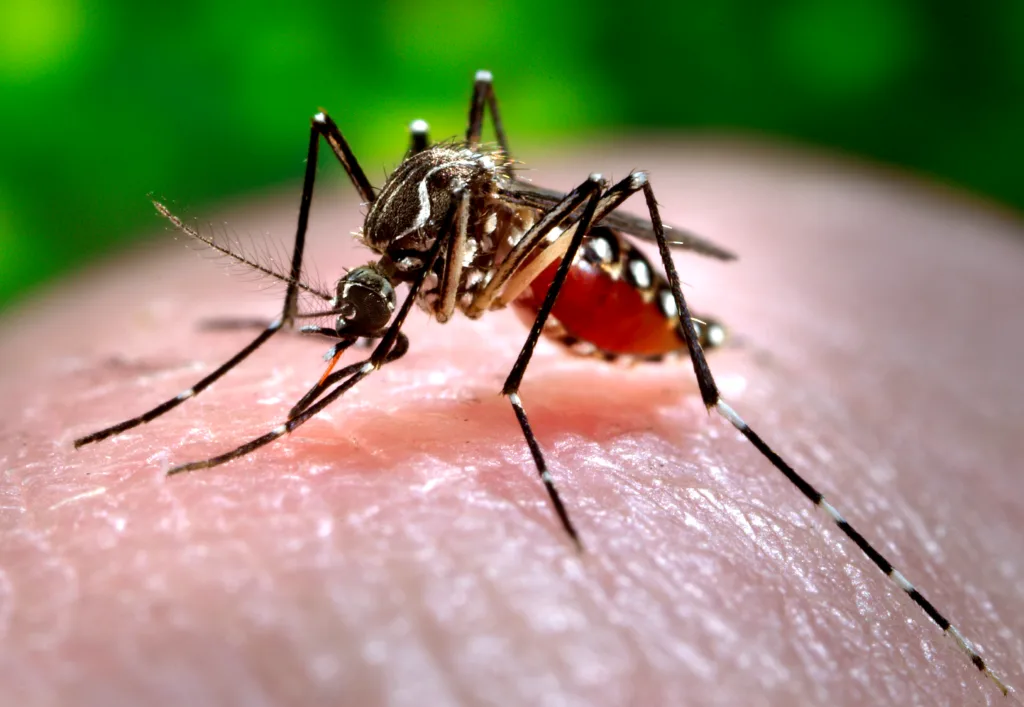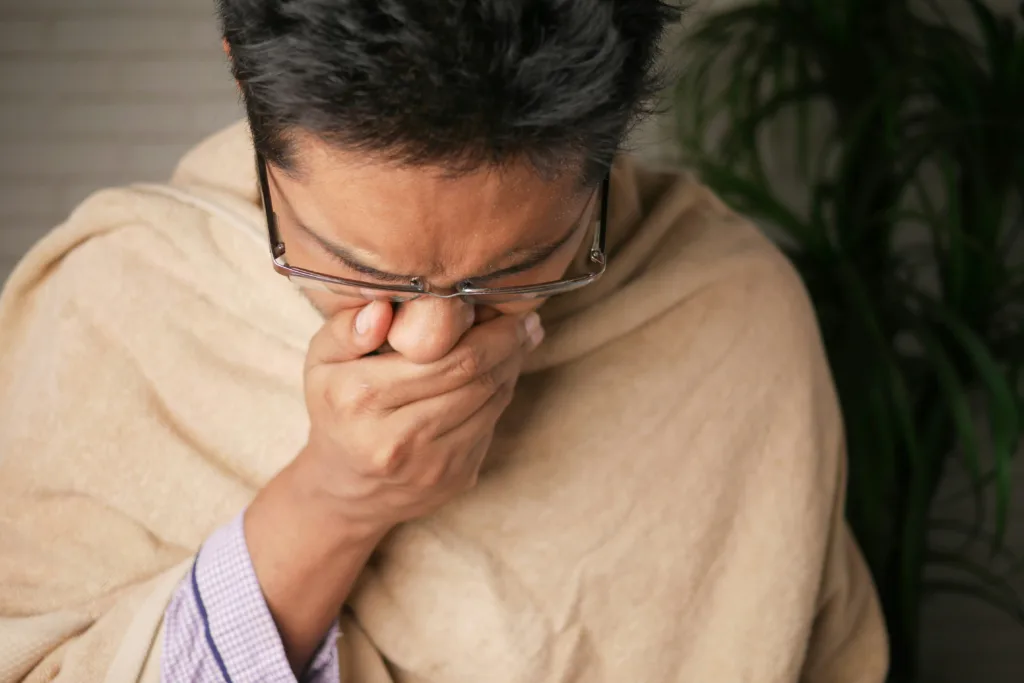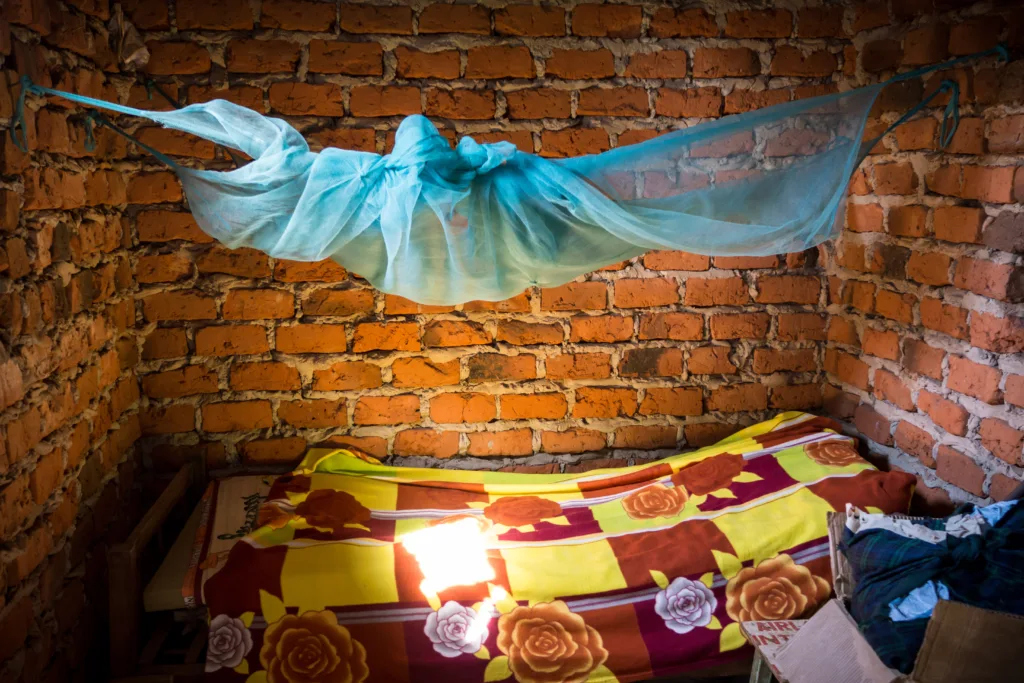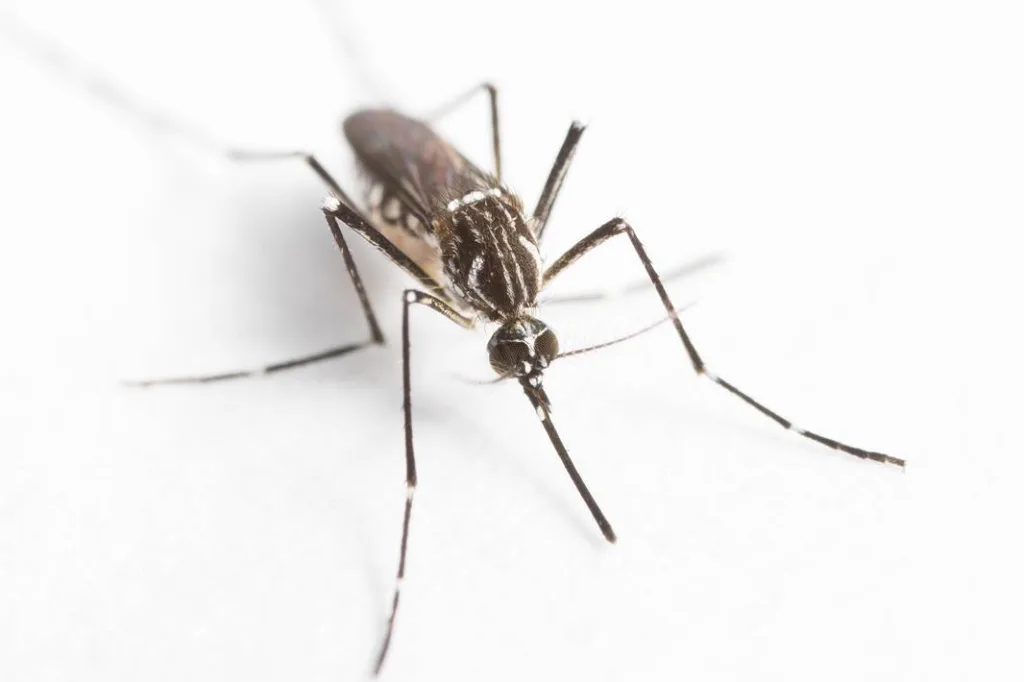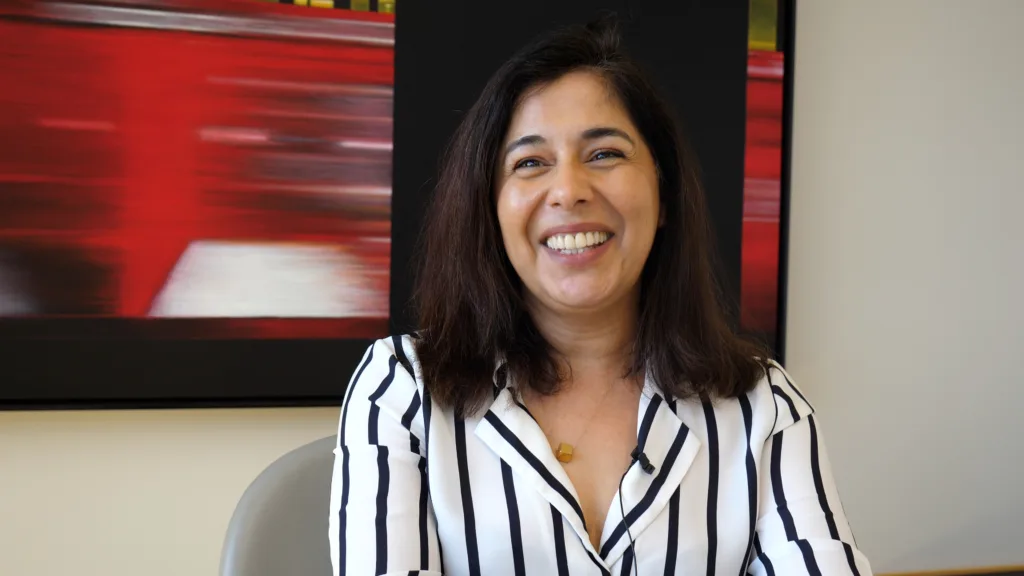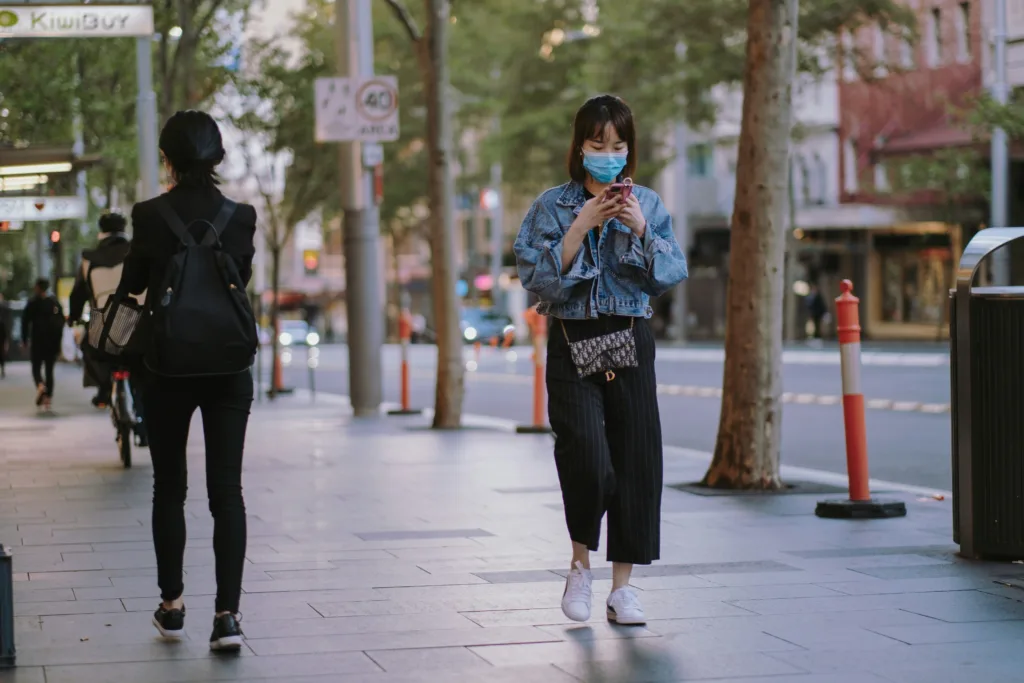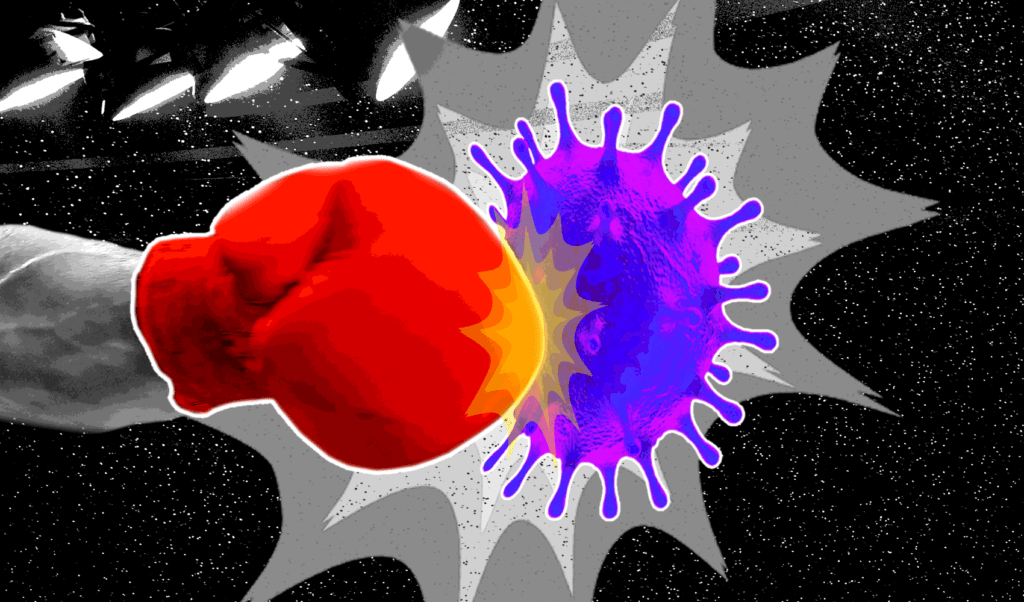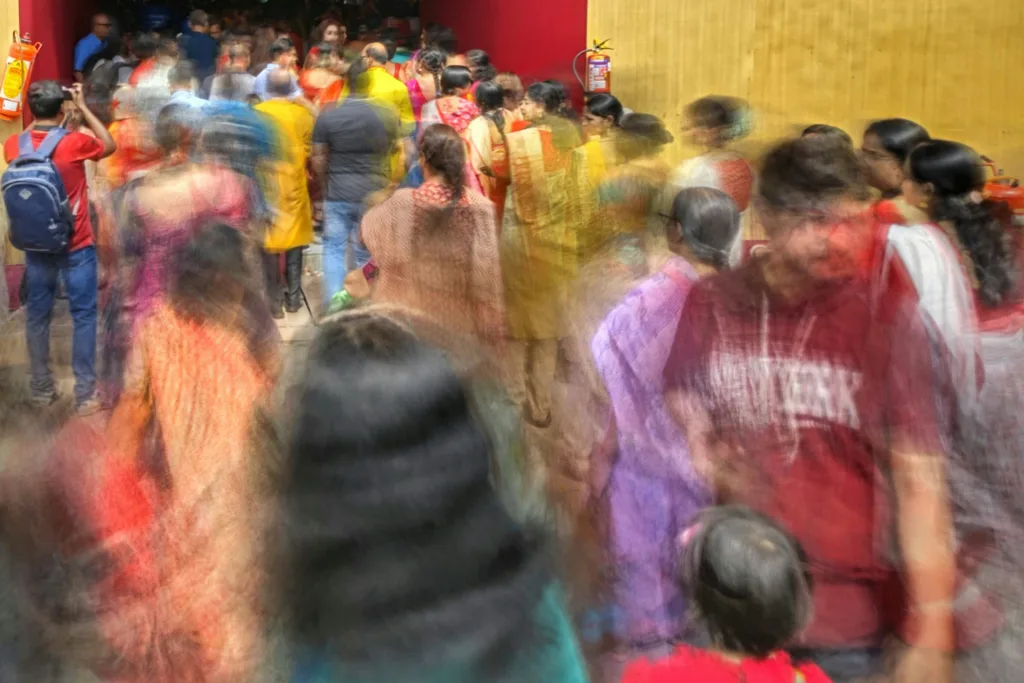Measles is eliminated in some parts of the world, but it’s starting to make a comeback.
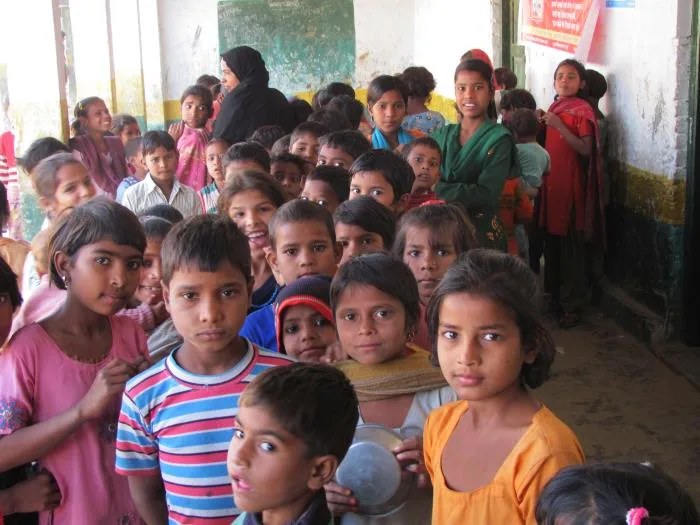 Children waiting to receive vaccinations in the northern Indian state of Uttar Pradesh. The measles vaccine saved an estimated 57 million lives between 2000 and 2022. : Alan Janssen, MSPH Public domain Publidc Domain
Children waiting to receive vaccinations in the northern Indian state of Uttar Pradesh. The measles vaccine saved an estimated 57 million lives between 2000 and 2022. : Alan Janssen, MSPH Public domain Publidc Domain
Measles is eliminated in some parts of the world, but it’s starting to make a comeback.
There is a gathering storm in many parts of the world right now. India, England, the Americas.
Health experts are sounding the alarm about a resurgence of measles — a completely preventable disease that can have devastating consequences.
Even in Australia, a handful of cases were reported in January after a woman travelled to India where the disease still has a foothold. The cases sparked renewed calls for parents to ensure their children have been vaccinated.
In England, inadequate vaccine uptake has led to a rise in measles cases in children and young adults.
In the Americas, several countries have experienced cases and outbreaks, including the US, which reported 26 cases in December and January alone, compared to 58 cases in all of 2023.
Between 2022 and 2023, the World Health Organization reported a 45-fold increase in measles cases in Europe. Outbreaks have since occurred across the UK, Europe, the Americas, Africa and Asia, prompting public health officials to issue urgent calls for vaccinations.
This recent resurgence of measles threatens to undo decades of progress made in controlling and eliminating the disease since the vaccine became available 60 years ago. Turning around this trend — even wiping out measles entirely — is not impossible, but it will require real commitment and learning from past mistakes.
Measles is one of the world’s most infectious diseases. In an unprotected population, each case can infect up to 18 other people. It affects several organ systems, can lead to complications like pneumonia, ear infections and brain swelling, and is estimated to kill one in every 1,000 infected. Since it affects the immune system, it can reduce a person’s ability to fight off other infections, even years later.
The measles vaccine saved an estimated 57 million lives between 2000 and 2022. This vaccine is the key to measles elimination (preventing the circulation of the virus) and eventual eradication (making measles disappear altogether).
Measles diagnosis is usually straightforward through laboratory testing or clinical exam. Vaccination is an inexpensive, safe and very effective preventative measure.
Although several primate species can be infected with measles, humans are the only natural host and other primates are not thought to be able to effectively transmit the virus. This means it’s possible to eliminate measles from several parts of the world, and make eradication feasible.
The challenge in eliminating measles is that about 95 percent of the population would need to be immune.
Achieving such high vaccine uptake is difficult even in the best circumstances. Since measles is so infectious, even small decreases in vaccine uptake can quickly result in outbreaks and allow measles to take hold in areas where it hasn’t appeared in decades.
Vaccine hesitancy, limited vaccine access in remote or resource-challenged areas, and conflict around the world resulted in nearly 900,000 cases of measles in 2019 — the highest number of cases seen globally since 1996.
The COVID-19 pandemic compounded the issue of missed vaccinations, with approximately 61 million missed measles vaccine doses in kids between 2020 and 2022.
These factors have now created a perfect storm as pandemic restrictions ease and people start mixing and travelling, while levels of immunisation remain dangerously low.
Retreating from the brink of measles resurgence will be a challenge. As the Measles and Rubella Partnership states, “Measles moves fast, we must move faster”.
However, measles elimination is within reach if the lessons learned about immunisation during the pandemic and previous to it are applied.
The first priority is to raise vaccine uptake, ensuring that children are vaccinated as soon as they are eligible, but also targeting older children and adults to close immunity gaps, with the ultimate goal of 95 percent coverage with two doses of measles vaccine. Doing this requires public health officials to be nimble and flexible.
Since different groups have different needs, concerns and challenges that must be addressed, vaccination programs cannot take a one-size-fits-all approach. Rather, the key to success is making vaccines accessible and convenient based on the needs of local communities.
This tailored approach — which is being recommended in England — can include mobile immunisation services, expanded clinic hours, and easy booking for appointments.
When cases arise, adequate disease monitoring systems to detect cases are required so outbreaks can be controlled.
Based on 2022 data, half of the countries that reported on their ability to monitor measles did not meet WHO standards for monitoring, meaning that it is possible that measles is circulating within their borders but they are not aware.
Simultaneously, it is essential to continue to tackle vaccine hesitancy and misinformation.
As was seen during the COVID-19 pandemic, providing information about vaccines — what they do and how they work, addressing specific concerns from the public and particular groups — builds trust between communities and healthcare providers and can help increase vaccine uptake.
As experience teaches us from the Americas, which achieved regional measles elimination in 2016 but unfortunately was not able to sustain it, political will and strong commitment are required so that each country can take ownership of its fight to eliminate, and eventually eradicate, measles.
Dr Shelly Bolotin is the Director of the Centre for Vaccine Preventable Diseases, and an Associate Professor at the Dalla Lana School of Public Health and the Department of Laboratory Medicine and Pathobiology, at the University of Toronto. She is also a scientist at Public Health Ontario. Her research program utilizes a multidisciplinary approach to evaluate whether our population is adequately protected from vaccine-preventable diseases.
The CVPD is supported by the University of Toronto, which funds infrastructure, and faculty and staff salaries through a mix of operational funding, grant funding and financial support from private sector entities, including Merck, Sanofi and Pfizer. It has a robust set of governance processes at the University of Toronto to ensure independent operation of the Centre without influence from donors.
Originally published under Creative Commons by 360info™.


